Are you in search of a dog breed that is intelligent, energetic, and fiercely loyal? Look no further than the Dingo. Originally from Australia, Dingos are known for their wild and free-spirited nature. However, with proper training and socialization, they can make wonderful pets for the right owner. Before making the decision to bring a Dingo into your home, it is important to understand their unique characteristics and needs. Read on to learn more about this fascinating breed and if they might be the perfect addition to your family.
Breed Category: Wild Dog
Country of Origin: Australia
Average Size:52-60 cm
Average Weight:13-20 kg
Average Life Span: 12-15 years
Grooming Requirements: Low
Exercise Requirements:High
History and Origin
The dingo is a wild dog that is native to Australia. It is believed to have arrived on the continent around 4,000 years ago, making it one of the few large mammals to have been introduced to Australia by humans. The exact origin of the dingo is still a matter of debate among scientists, but it is generally believed to have descended from domesticated dogs that were brought to Australia by early human settlers.
The dingo is a medium-sized dog, with a lean, muscular build and a distinctive reddish-brown coat. It is a highly adaptable animal, able to survive in a wide range of environments, from deserts to forests to grasslands. It is also a skilled hunter, able to take down a variety of prey, including kangaroos, wallabies, and small rodents. Despite its reputation as a wild and dangerous animal, the dingo is actually quite intelligent and can be trained to perform a variety of tasks.
The dingo has played an important role in Australian culture for thousands of years. It has been depicted in rock art and other forms of indigenous art, and has been the subject of many myths and legends. In some Aboriginal cultures, the dingo is considered a sacred animal, and is believed to have spiritual powers. In more recent times, the dingo has become a symbol of Australian identity, and is often used in advertising and other forms of popular culture.
Despite its cultural significance, the dingo has also been the subject of controversy and conflict. In the early years of European settlement, the dingo was seen as a threat to livestock, and was hunted and poisoned in large numbers. Today, the dingo is still considered a pest by many farmers, and is often targeted by government culling programs. However, there is also a growing movement to protect the dingo and its habitat, and to promote its role as a valuable part of Australia’s natural heritage.
In conclusion, the dingo is a fascinating and complex animal that has played an important role in Australian culture and history. Its origins are still a matter of debate, but it is clear that it has been a part of the Australian landscape for thousands of years. Despite its reputation as a pest and a danger to livestock, the dingo is also a valuable and adaptable species that deserves to be protected and preserved for future generations.
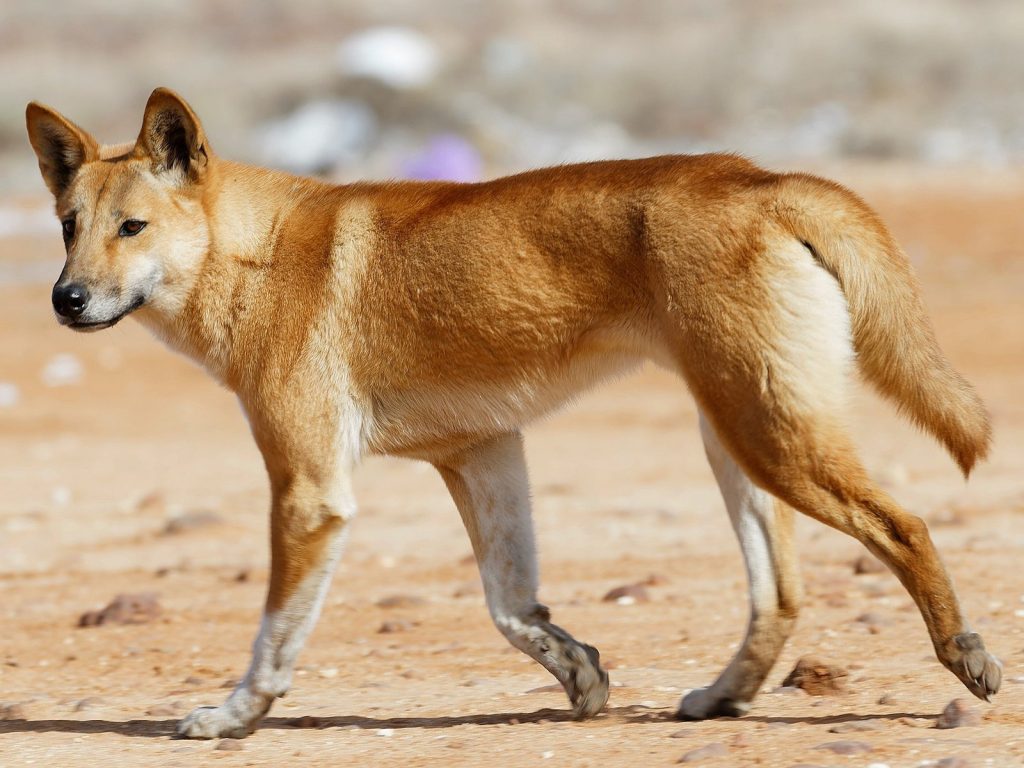
Size and Breed Category
The Dingo is a medium-sized canine that belongs to the breed category of wild dogs. They are native to Australia and are known for their unique appearance and hunting skills. Dingoes have a lean and muscular body with a broad head and pointed ears. They have a short and dense coat that comes in a variety of colours, including ginger, black, and white. Dingoes are agile and have a strong sense of smell, which makes them excellent hunters. They are also known for their ability to adapt to different environments, from the harsh Australian outback to urban areas.
Dingoes are classified as a wild dog breed, which means they are not domesticated and have a natural instinct for hunting and survival. They are highly intelligent and have a strong pack mentality, which makes them excellent hunters and protectors. Dingoes are also known for their vocalization, which includes howling, barking, and growling. They are social animals and prefer to live in packs, which can range from a few individuals to over a dozen. Dingoes are an important part of the Australian ecosystem and play a crucial role in controlling the population of other animals, such as kangaroos and rabbits.
Fur Length and Colour
The fur of the Dingo is typically short and dense, with a coarse texture. The length of the fur can vary depending on the climate and location of the individual Dingo. In warmer regions, the fur may be shorter and thinner, while in cooler areas, it may be longer and thicker. The colour of the fur can also vary, with shades ranging from sandy yellow to reddish-brown. Some Dingoes may have white markings on their chest, paws, or tail. The fur of the Dingo is an important adaptation for survival in the wild, providing insulation and protection from the elements.
The colour of the Dingo’s fur is an important factor in its camouflage and ability to blend into its surroundings. The sandy yellow and reddish-brown shades of the fur allow the Dingo to blend in with the dry grasses and shrubs of its habitat. This helps the Dingo to avoid detection by predators and prey alike. The coarse texture of the fur also helps to repel dirt and debris, keeping the Dingo’s coat clean and healthy. Overall, the fur of the Dingo is a crucial adaptation for its survival in the harsh and varied environments of Australia.
Termperament and Trainability
Dingoes are known for their independent and strong-willed temperament. They are highly intelligent and have a natural instinct for hunting and survival. Dingoes are also very curious and adventurous, which can sometimes lead to them being mischievous and getting into trouble. Due to their independent nature, they can be difficult to train and may require a lot of patience and consistency from their owners. However, with the right training and socialization, dingoes can make loyal and affectionate companions.
When it comes to trainability, dingoes are known to be a challenge. They have a strong sense of independence and can be stubborn when it comes to following commands. Dingoes require a lot of patience and positive reinforcement during training, as harsh or negative training methods can cause them to become fearful or aggressive. It is important to start training dingoes from a young age and to socialize them with other dogs and people to prevent any aggressive behavior. With the right training and socialization, dingoes can learn to follow commands and make great companions.
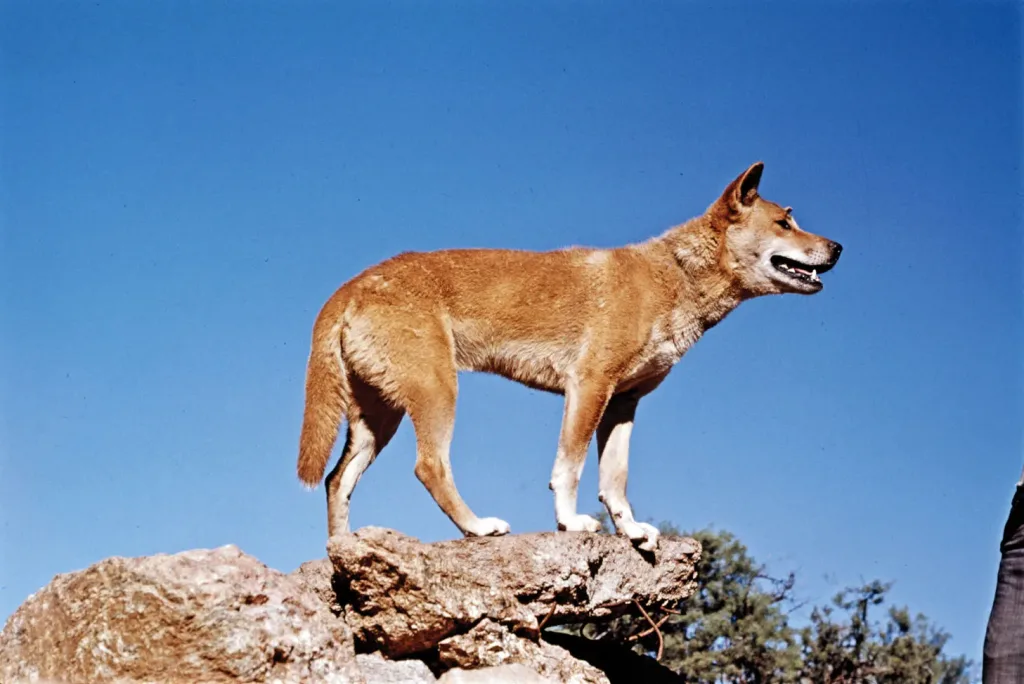
Known Health Conditions
Dingoes are a wild dog species that are native to Australia. They are known to suffer from a range of health conditions, including parasitic infections such as mange and tick-borne diseases like ehrlichiosis. These conditions can cause significant discomfort and even death if left untreated. In addition, dingoes are susceptible to genetic disorders such as hip dysplasia, which can lead to mobility issues and chronic pain. Other common health concerns for dingoes include dental problems, skin allergies, and eye infections. It is important for dingoes to receive regular veterinary care to prevent and manage these health issues.
Dingoes are also at risk of contracting diseases from other animals, particularly domestic dogs. One such disease is canine distemper, which can cause respiratory and neurological symptoms and is often fatal. Dingoes may also be exposed to toxic substances such as bait used for pest control, which can cause severe illness or death. Additionally, dingoes are vulnerable to habitat loss and fragmentation, which can lead to reduced genetic diversity and increased susceptibility to disease. Conservation efforts are underway to protect dingoes and their habitats, but continued monitoring and management are necessary to ensure their long-term survival.
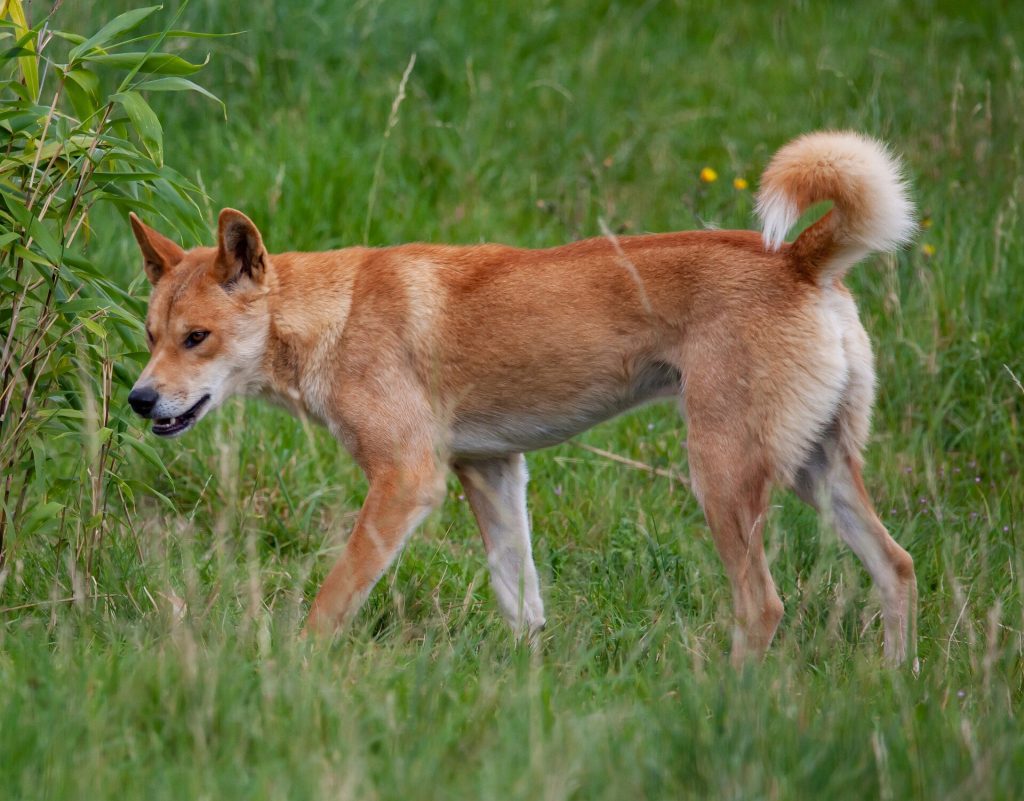
Openness to Strangers
Dingoes, native to Australia, have a reputation for being wary of strangers. However, this is not always the case. Dingoes that have had positive experiences with humans are often quite friendly and curious towards them. They may approach humans in search of food or simply out of curiosity. However, it is important to note that dingoes are wild animals and should be treated with caution. It is not recommended to approach or attempt to interact with a dingo in the wild, as they may perceive this as a threat and become aggressive.
In some cases, dingoes may even form bonds with humans. This is particularly true for dingoes that have been raised in captivity or as pets. These dingoes may become quite attached to their human caretakers and may even exhibit some dog-like behaviours, such as wagging their tails or playing fetch. However, it is important to remember that dingoes are not domesticated animals and may still exhibit wild behaviours. It is important to treat them with respect and caution, even if they seem friendly.
Playfulness Level
The Dingo is a highly playful and energetic animal that loves to engage in various activities. They are known for their love of play and can often be seen running around and chasing after objects. Their playful nature is evident in their behavior, as they are always looking for new ways to have fun and enjoy themselves. Whether it’s playing fetch, running around in circles, or simply exploring their surroundings, the Dingo is always up for a good time.
Their playful nature is not just limited to physical activities, as they also enjoy mental stimulation. They are highly intelligent animals that love to solve puzzles and play games that challenge their minds. This makes them great companions for those who enjoy spending time with their pets and engaging in activities that require mental agility. Overall, the Dingo’s playful nature is one of their most endearing qualities, and it is what makes them such great pets for those who are looking for a fun-loving and energetic companion.
Suitability as a Pet for Children
Dingo is a wild dog that is native to Australia. They are highly intelligent and have a strong prey drive. Dingoes are not recommended as pets for children due to their wild nature and tendency to be aggressive towards unfamiliar people and animals. They require a lot of space to run and play, and their high energy levels can be difficult to manage. Additionally, dingoes are not fully domesticated and may exhibit unpredictable behavior. It is important to note that owning a dingo as a pet is illegal in some parts of Australia.
Exercise Needs
Dingoes are highly active and energetic animals that require a significant amount of exercise to maintain their physical and mental health. As a medium-sized breed, they typically require at least 60 minutes of exercise per day, which can be achieved through a combination of walks, runs, and playtime. Dingoes are known for their agility and speed, so activities that allow them to run and jump are particularly beneficial. They also enjoy games that challenge their intelligence, such as puzzle toys or training exercises. Regular exercise not only helps to keep Dingoes physically fit, but also helps to prevent behavioural issues that can arise from boredom or pent-up energy.
In addition to physical exercise, Dingoes also benefit from mental stimulation and socialisation. They are highly intelligent animals that require mental challenges to keep them engaged and prevent boredom. Activities such as obedience training, agility courses, and scent work can provide mental stimulation while also strengthening the bond between the Dingo and their owner. Socialisation is also important for Dingoes, as they are pack animals that thrive on social interaction. Regular playdates with other dogs or trips to the dog park can help to satisfy their social needs and prevent behavioural issues such as separation anxiety.
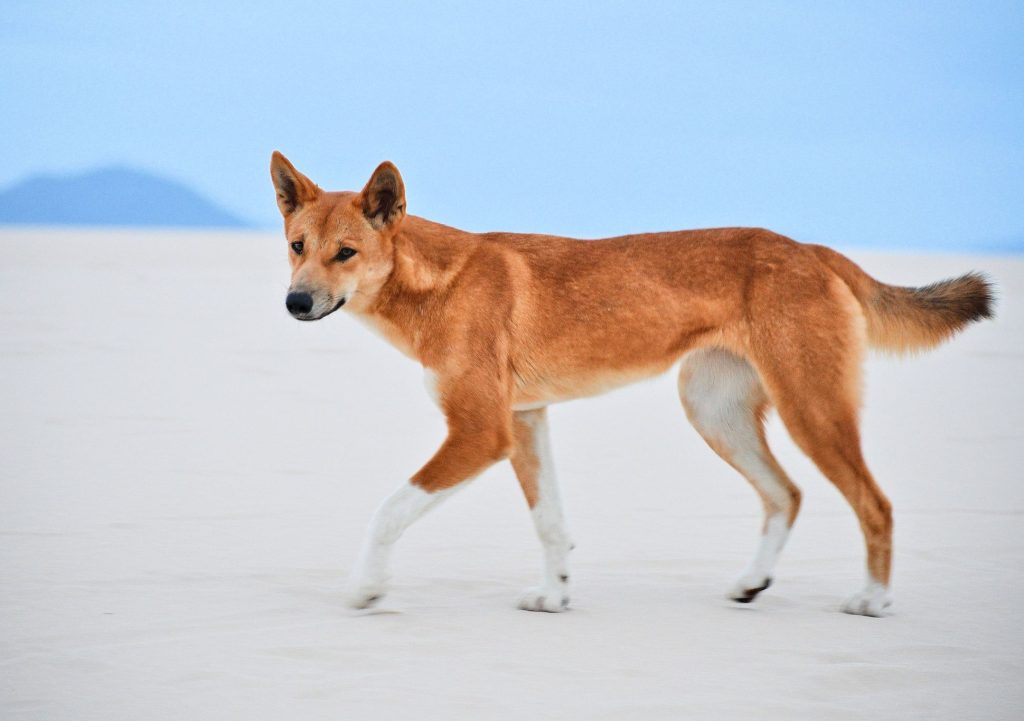
Suitability for a Multi-Pet Family
Dingoes are known to be highly territorial animals and can be aggressive towards other pets. They have a strong prey drive and may see smaller animals such as cats or rabbits as potential prey. However, with proper socialization and training, it is possible for dingoes to coexist peacefully with other pets. It is important to introduce them slowly and under supervision to ensure that they do not display any aggressive behavior. Additionally, providing plenty of exercise and mental stimulation can help reduce any potential aggression.
Housing Requirements
Dingoes are a highly adaptable species that can thrive in a variety of habitats, including forests, grasslands, and deserts. They require a shelter that can protect them from extreme weather conditions, such as rain, wind, and heat. A sturdy and well-insulated kennel with a raised floor is ideal for dingoes, as it provides them with a comfortable and safe place to rest. The kennel should be large enough to allow the dingo to stand up, turn around, and lie down comfortably. It should also have a door that can be securely closed to prevent the dingo from escaping or being attacked by other animals. Additionally, dingoes need access to clean water and food at all times, so their kennel should be located near a reliable source of both.
Dingoes are active and intelligent animals that require plenty of exercise and mental stimulation to stay healthy and happy. They need a large, secure outdoor space where they can run, play, and explore. A fenced yard with a minimum height of 1.8 meters is recommended for dingoes, as they are skilled jumpers and climbers. The yard should be free of hazards, such as sharp objects, toxic plants, and holes. Dingoes also benefit from having toys, such as balls, ropes, and chew toys, to play with. Regular walks and hikes with their owners are also important for dingoes, as they enjoy exploring new environments and socializing with other dogs and people.
Summary
Dingoes are not commonly kept as pets in the UK due to their wild nature and the difficulty in providing them with the appropriate environment and care. They are also considered a threat to livestock and wildlife if they were to escape or be released into the wild. It is important to remember that dingoes are a wild animal and not a domesticated pet, and therefore require specific knowledge and experience to care for them properly.
Dingo Dog FAQS
Dingoes are not easy to train due to their independent nature and strong hunting instincts.
Dingoes are not recommended as pets due to their wild nature and tendency to be aggressive.
The legality of owning a Dingo as a pet varies by country and state. In some places, it is illegal to own a Dingo as a pet without a special permit.
Dingoes do not bark like domestic dogs, but they do make a variety of vocalizations such as howls, growls, and whines.
Dingoes have a strong prey drive and may see other pets as prey, so it is not recommended to keep them with other animals.
Dingoes require a lot of space to roam and should have access to a large, secure outdoor area.
Dingoes have a lifespan of 10-15 years in captivity.
Dingoes require a lot of exercise and should have at least 2 hours of physical activity per day.
Dingoes are carnivores and primarily eat meat such as kangaroos, wallabies, and rabbits.
The average size of a Dingo is 52-60 cm (20-24 in) at the shoulder and weighs between 13-20 kg (29-44 lbs).

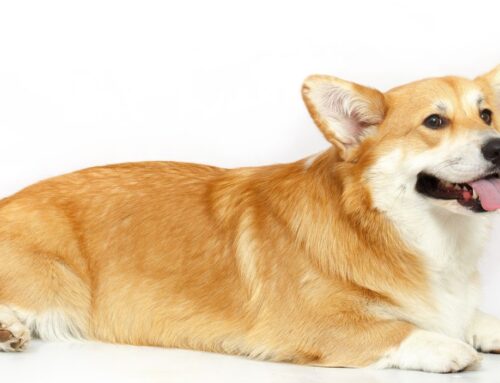

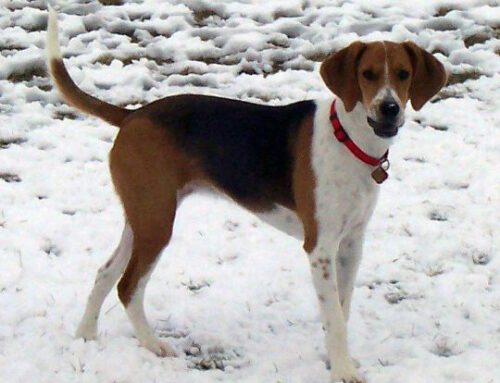
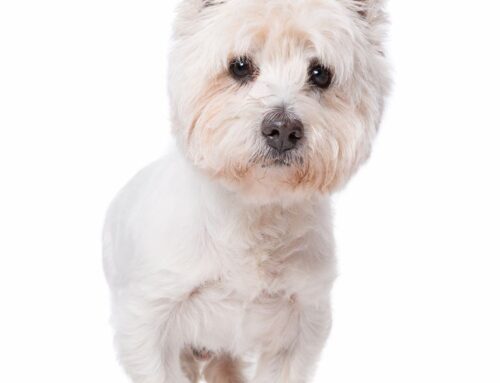

Leave A Comment